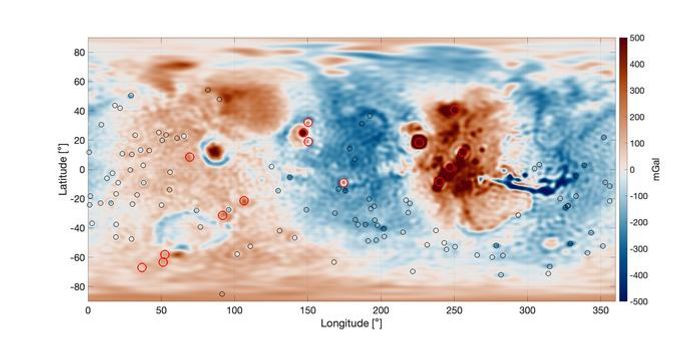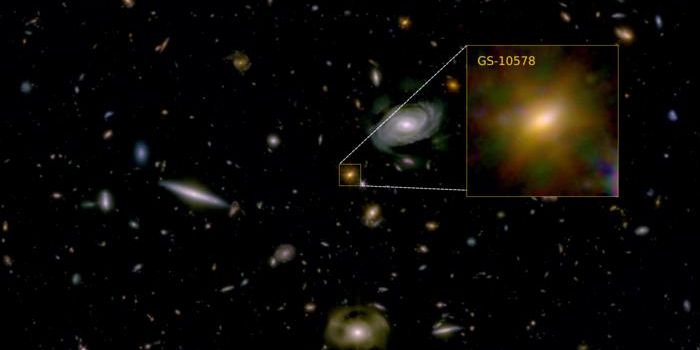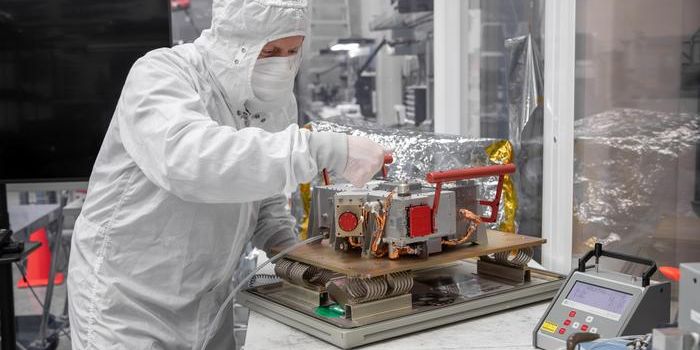Andromeda Galaxy Holds Key to Dark Energy Measurement, Researchers Find
A recent study published in The Astrophysical Journal Letters examines a new technique for measuring the mysterious force known as dark energy by using our nearest galaxy, the Andromeda Galaxy. More specifically, the researchers are studying how dark energy can be measured by measuring the mass and motion between Andromeda and our own Milky Way Galaxy as they move towards each other, which are slated to collide in the next few billion years. While this new technique is still in its infancy, it holds the potential to help scientists develop more efficient methods of measuring dark energy, which is estimated to comprise approximately 68 percent of the entire universe.
Image of the nucleus of the Andromeday Galaxy and a slew of its billions of stars. (Credit: NASA, ESA, J. Dalcanton, B.F. Williams and L.C. Johnson (University of Washington), the PHAT team and R. Gendler)
“Dark energy is a general name for a family of models you could add to Einstein’s theory of gravity,” said Dr. David Benisty, who is a postdoctoral research fellow at the University of Cambridge, and lead author of the study. “The simplest version of this is known as the cosmological constant: a constant energy density that pushes galaxies away from each other.”
Dark energy was first identified in 1998, and astronomers have attempted to study dark energy by measuring the mass of distant objects, such as galaxies in the early universe, and their speed as they move away from us. However, this is the first time astronomers are attempting to study dark energy by measuring the mass of a nearby object, in this case the Andromeda Galaxy, along with its speed as it moves towards us.
“Andromeda is the only galaxy that isn’t running away from us, so by studying its mass and movement, we may be able to make some determinations about the cosmological constant and dark energy,” explains Dr. Benisty.
Through this new technique, the astronomers found an upper limit for the cosmological constant that measures 5.44 times higher than from measuring objects from the early universe, as has been the case until now. While findings show promise for using nearby galaxies, specifically from what’s known as the Local Group, the team emphasizes this does not constitute a direct measurement of dark energy.
Next steps for this research include potentially using NASA’s James Webb Space Telescope to provide more precise measurements of the mass and motion of Andromeda, which they say could assist in decreasing this current cosmological constant upper bound.
“Dark energy is one of the biggest puzzles in cosmology,” said Dr. Benisty. “It could be that its effects vary over distance and time, but we hope this technique could help unravel the mystery.”
What new discoveries will scientists make about how to measure dark energy in the coming years and decades? Only time will tell, and this is why we science!
As always, keep doing science & keep looking up!
Sources: The Astrophysical Journal Letters, NASA, EurekAlert!, Live Science, Britannica, Wikipedia









